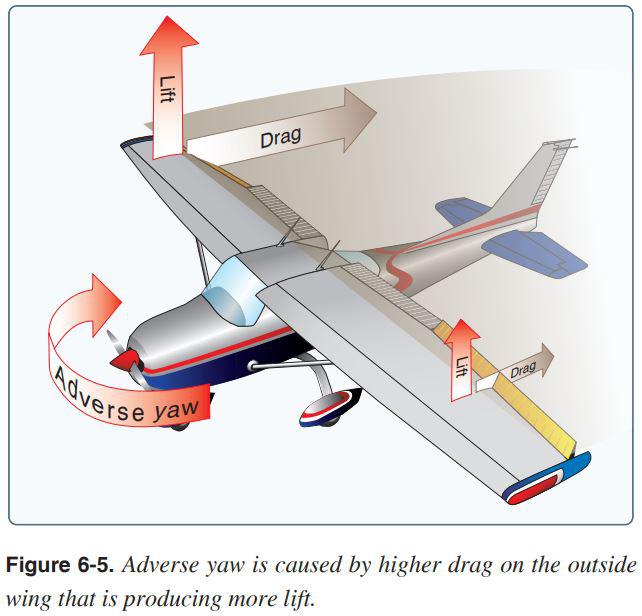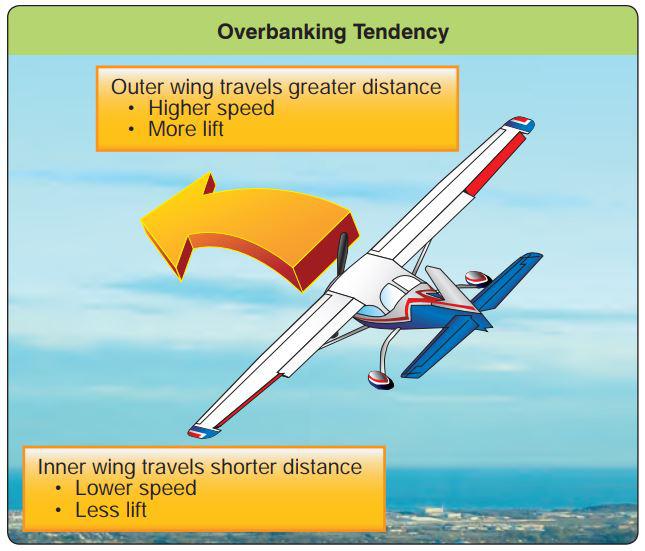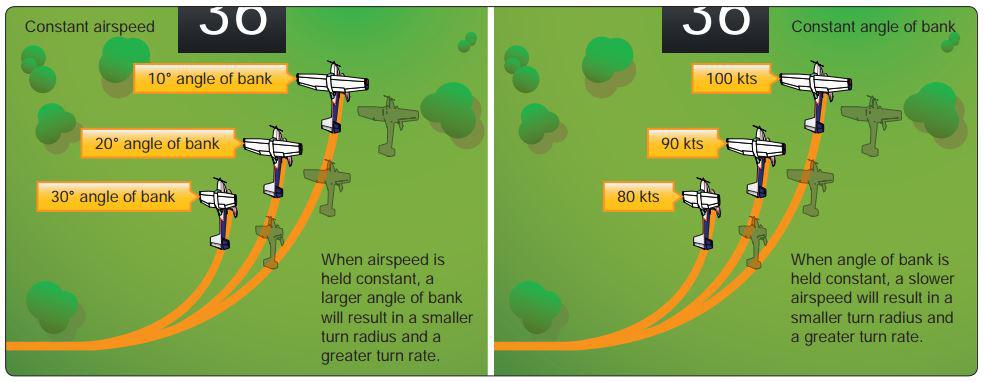Basic Private Pilot Ground School
-
Lesson 1: Your First Flight6 Topics|1 Quiz
-
Lesson 2: Maneuvers and the Traffic Pattern6 Topics|1 Quiz
-
Lesson 3: Understanding the Wind and Turns6 Topics|1 Quiz
-
Lesson 4: AOA, Stalls, and Other Scary Things5 Topics|1 Quiz
-
Lesson 5: Ground Reference, Maneuvers, and FARs4 Topics|1 Quiz
-
Lesson 6: Building Good Landings5 Topics|1 Quiz
-
Lesson 7: The Less Busy Airspace: G, E, D3 Topics|1 Quiz
-
Lesson 8: Class A, B, and C Airspace: The Busier Side of the Sky4 Topics|1 Quiz
-
Lesson 9: Flying Blind and Performance Calculations4 Topics|1 Quiz
-
Lesson 10: Soft and Short Field T.O.'s + Landings4 Topics|1 Quiz
-
Lesson 11: Start Your Engines: Engines, Systems, and Instruments6 Topics|1 Quiz
-
Lesson 12: Weight and Balance, Navigation Systems4 Topics|1 Quiz
-
Lesson 13: Luck with Weather6 Topics|1 Quiz
-
Lesson 14: Your First SOLO!2 Topics|1 Quiz
-
Lesson 15: VFR Charts and Navigation5 Topics|1 Quiz
-
Lesson 16: Weather Charts and Services6 Topics|1 Quiz
-
Lesson 17: Aeromedical Factors, ADM, FARS5 Topics|1 Quiz
-
Lesson 18: Flying at Night3 Topics|1 Quiz
-
Lesson 19: Cross Country Flight Planning4 Topics|1 Quiz
-
Lesson 20: Test Prep5 Topics|2 Quizzes
Steep Turns
How to turn the Airplane:
While making turns in the airplane may seem simple, making coordinated, level turns and rolling out specifically where you want the aircraft to point does take some skill and practice. In this topic we’ll cover the fundamentals of being able to turn the airplane to a specific heading while also maintaining your altitude.
What’s happening in the turn
When an airplane is turning, it is really just making a “curved” flight path through the sky. With this in mind, let’s talk about the first characteristic of turning an airplane.
Stability
Most training airplanes when banked slightly will want to go back to level flight. This is because they are DYNAMICALLY STABLE. This stability to right themselves does not come from the airplane being a high wing or low wing airplane, but rather the DIHEDRAL built into the wings (dihedral is a topic we will cover much more in-depth at the commercial pilot level, don’t worry too much about it for now).
This stability means you will have to make a deliberate motion with the ailerons to overcome it, and be able to bank the airplane. This use of ailerons will in-turn cause ADVERSE YAW, which will require you to use some rudder to overcome and keep the “ball” in the center. The “adverse yaw” is just a way of saying the airplane yaws in the direction you don’t really want it to. For example, when you begin a left turn, using the ailerons to bank the airplane to the left will initially cause the airplane to yaw right before the nose begins to come around in the direction of the turn.
This is due to the RIGHT wing generating more lift when you begin a left turn rolling the airplane to the left and the left wing generates less lift. When you have more lift, you have more drag, thus you get adverse yaw.

Our next factor in the turn is Over Banking Tendency:
This is the tendency for the airplane at a certain degree of bank, to want to bank even more rather than go back to wings level like a nice stable airplane should. Every airplane has this “over-banking tendency” at certain degrees of bank, due to the airplane being in a curving flight path, and one wing is ultimately moving faster than the other. When you have more airflow over the outside wing than the inside wing, the airplane will want to increase its angle of bank rather than return to wings level. It is simple to counter this in flight with just a little pressure on the ailerons.

Rate of Turn:
There are two things that affect the “rate of turn” or how fast the aircraft changes its heading.
- Airspeed
- Bank Angle
Think of a car on the interstate, you need a nice wide radius curve in the road to turn at highway speeds, but in a parking lot you can make much tighter turns at lower speeds. The same principle applies in the airplane.
To make a tight turn in the plane you will either have to increase the bank (equivalent of turning the wheel in a car harder) or slow the airplane down. This is important to remember when practicing slow flight and also when flying in the traffic pattern. Having the right amount of speed and bank is critical to the aircraft finishing the turn where you want it to, and not over or undershooting the final approach course to the runway.

